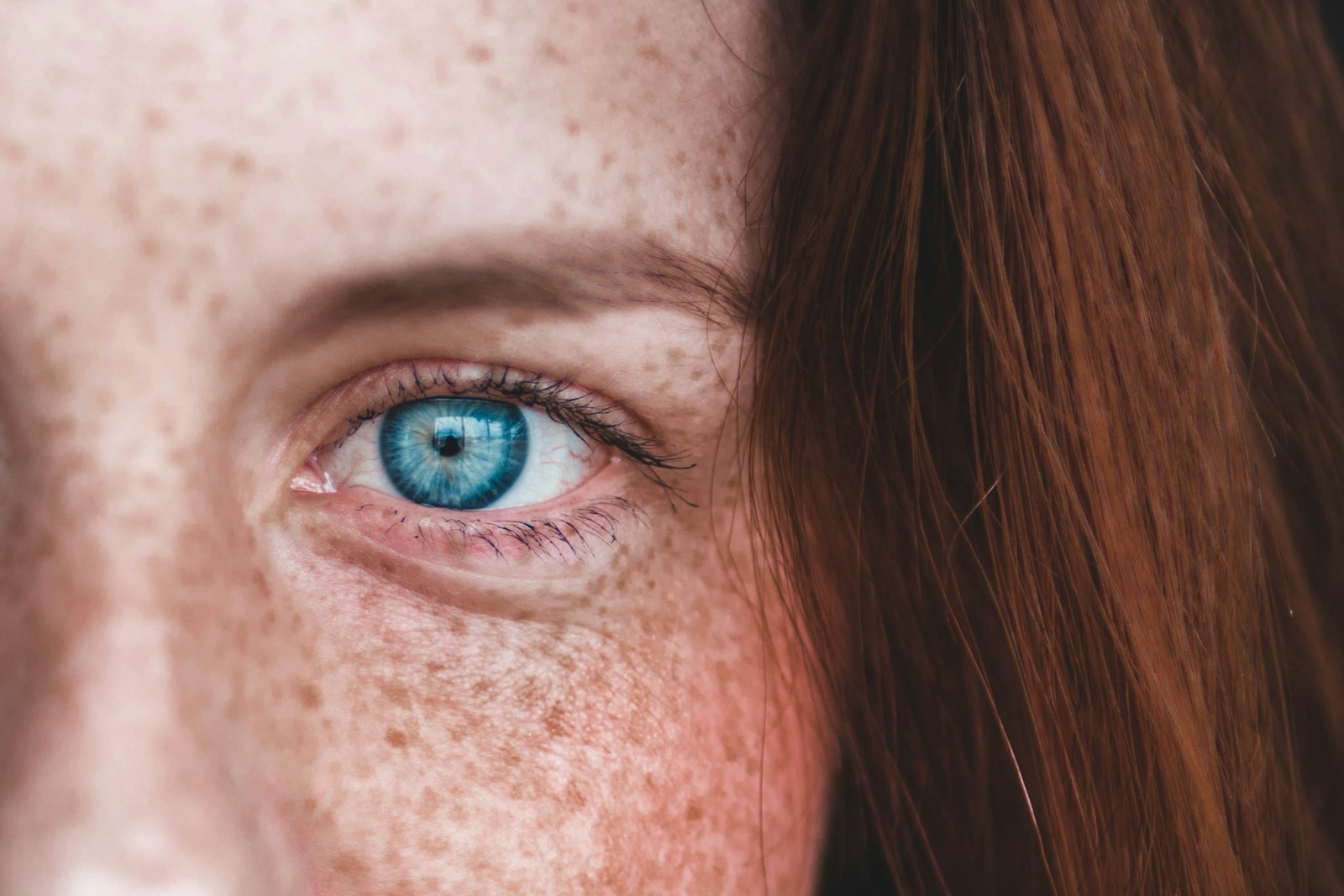

The human skin, an enormous and complex organ, often acts as a mirror to our overall health, reflecting underlying issues that may need attention. One such manifestation is the presence of red spots on the skin. This article explores the ten most common causes of these red spots, aiding you in understanding and identifying potential triggers.
Table of Contents
- Introduction
- Pityriasis Rosea
- Heat Rash
- Contact Dermatitis
- Shingles
- Swimmer’s Itch
- Ringworm
- Atopic Dermatitis
- Lichen Planus
- Psoriasis
- Drug Rash
- Final Thoughts
Introduction
Red spots or patches on the skin can result from numerous causes, making it challenging to pinpoint the exact trigger. These spots could be due to skin irritation stemming from an acute infection or a chronic condition. To identify the precise cause of your red spots, consider scheduling a consultation with a healthcare professional. Nevertheless, this article will provide an overview of the ten most common reasons for red spots on the skin.
Pityriasis Rosea
Pityriasis Rosea, an inflammatory skin condition, often results in a reddish rash. Although its exact cause remains unknown, some researchers hypothesize that it could be due to a viral infection. Commonly known as “Christmas tree rash,” it usually begins with an oval-shaped reddish patch that resembles a Christmas tree. Accompanying symptoms can include a sore throat, headache, and fever. Thankfully, Pityriasis Rosea often resolves on its own without treatment. However, to alleviate the itchiness, home remedies such as calamine lotion or an oatmeal bath may prove beneficial.
Heat Rash
Heat rash, or miliaria, occurs when sweat gets trapped beneath the skin due to blocked sweat ducts. This blockage can occur during physical exertion or exposure to hot, humid environments. Symptoms include itchy, painful bumps, which may be filled with clear fluid. These bumps often form in areas where skin friction is high, such as armpits, or where clothing rubs against the skin. Generally, heat rash subsides as the skin cools down. However, in severe cases, topical treatments like calamine lotion or steroid creams may be required.
Contact Dermatitis
Contact dermatitis manifests as a skin rash that occurs when the skin comes into contact with an allergen or irritant. The nature of the rash depends on the individual’s allergic predisposition or the substance they’re exposed to. Symptoms might include redness, swelling, burning, itching, hives, and even blisters that ooze. Treatment often depends on the substance that triggered the reaction, and relief can usually be found with over-the-counter creams and antihistamines.
Shingles
Shingles, or herpes zoster, is a painful skin rash caused by the varicella-zoster virus (VZV), the same virus responsible for chickenpox. People who had chickenpox in the past are susceptible to shingles, as the virus can reactivate years later. The rash is characterized by itchy, painful blisters that typically form a line on one side of the body. To prevent shingles, the Centers for Disease Control and Prevention (CDC) recommends vaccination for individuals aged 50 and above.
Swimmer’s Itch
Swimmer’s itch, or cercarial dermatitis, is a skin rash that arises from exposure to water infested with a certain type of parasite. These parasites infect snails, which then release them into ponds, lakes, and oceans. When humans swim in these waters, they may develop a rash that causes burning and itching, along with small reddish pimples or blisters. Generally, swimmer’s itch resolves on its own within a week without medical intervention.
Ringworm
Despite its name, ringworm is not caused by a worm but by a type of fungus. This condition presents as a red, irregularly-shaped rash with a raised border forming a ring pattern. The rash can appear anywhere on the body. When it appears on the feet, it is referred to as athlete’s foot, and in the groin area, it’s known as jock itch. Ringworm is contagious and requires antifungal medications for treatment.
Atopic Dermatitis
Atopic dermatitis, a prevalent form of eczema, often starts in infancy and may continue into adulthood. This condition results in itchy and painful skin that becomes dry, red, and cracked. The exact cause of atopic dermatitis remains unknown, but it could be due to a combination of genetic and environmental factors. Treatment typically involves managing flare-ups and keeping the skin moisturized.
Lichen Planus
Lichen planus is a condition that causes raised, reddish-purple bumps to form on different areas of the body. The cause remains unknown. These bumps often appear on the wrists, back, and ankles, and can cause itching. There is no cure for lichen planus, so treatments focus on managing symptoms.
Psoriasis
Psoriasis is an autoimmune disease that results in scaly, itchy patches on the skin. In individuals with psoriasis, skin cells grow faster than normal, leading to a buildup of thick scales. The exact cause of psoriasis is still under investigation, but it’s likely due to a combination of genetics and environmental factors. There are several types of psoriasis, each with slightly different appearances. Treatments may include topical creams and medications, light therapy, and injectable medications.
Drug Rash
A drug rash occurs when your body has an allergic reaction to a medication. This reaction could lead to a range of symptoms, from mild red spots to severe scaling, peeling, or purple patches. If you’ve recently started a new medication and notice a rash appearing a few days or weeks later, it’s essential to consult your doctor. They can help identify the cause of the reaction and prescribe treatments to alleviate symptoms.
Final Thoughts
There are numerous possible reasons behind the formation of red spots on your skin. While some are triggered by allergies, others might result from bacterial, viral, or autoimmune conditions. If you’re experiencing severe discomfort or if your symptoms don’t improve after trying over-the-counter treatments, consult a healthcare professional. They can help determine the cause of your red spots and recommend appropriate treatments.
While it’s essential to consult with a healthcare professional, having knowledge about the possible causes of red spots can help you better understand and manage these skin changes. Remember, your skin is a reflection of your overall health, so keeping it healthy is a vital part of maintaining your overall wellbeing.
